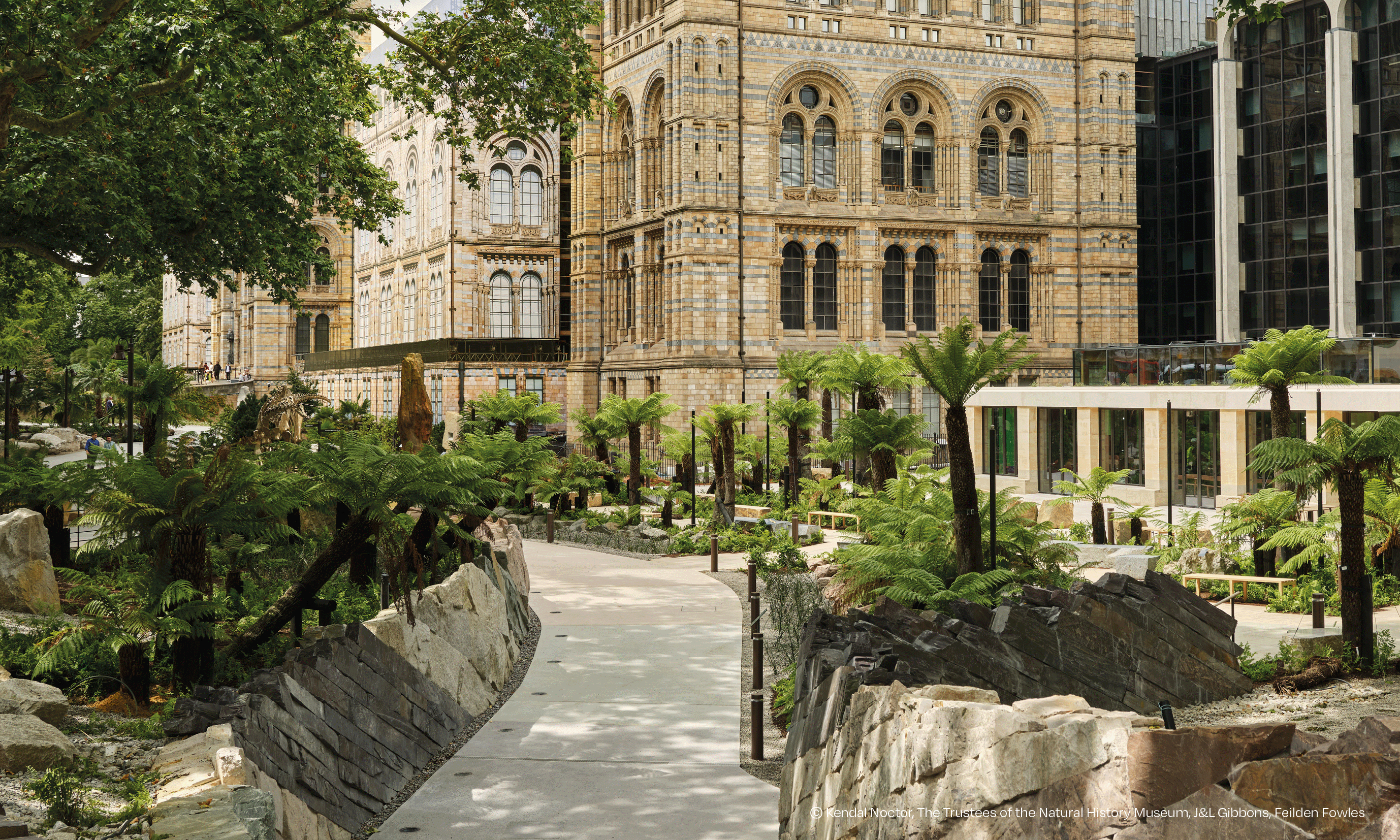
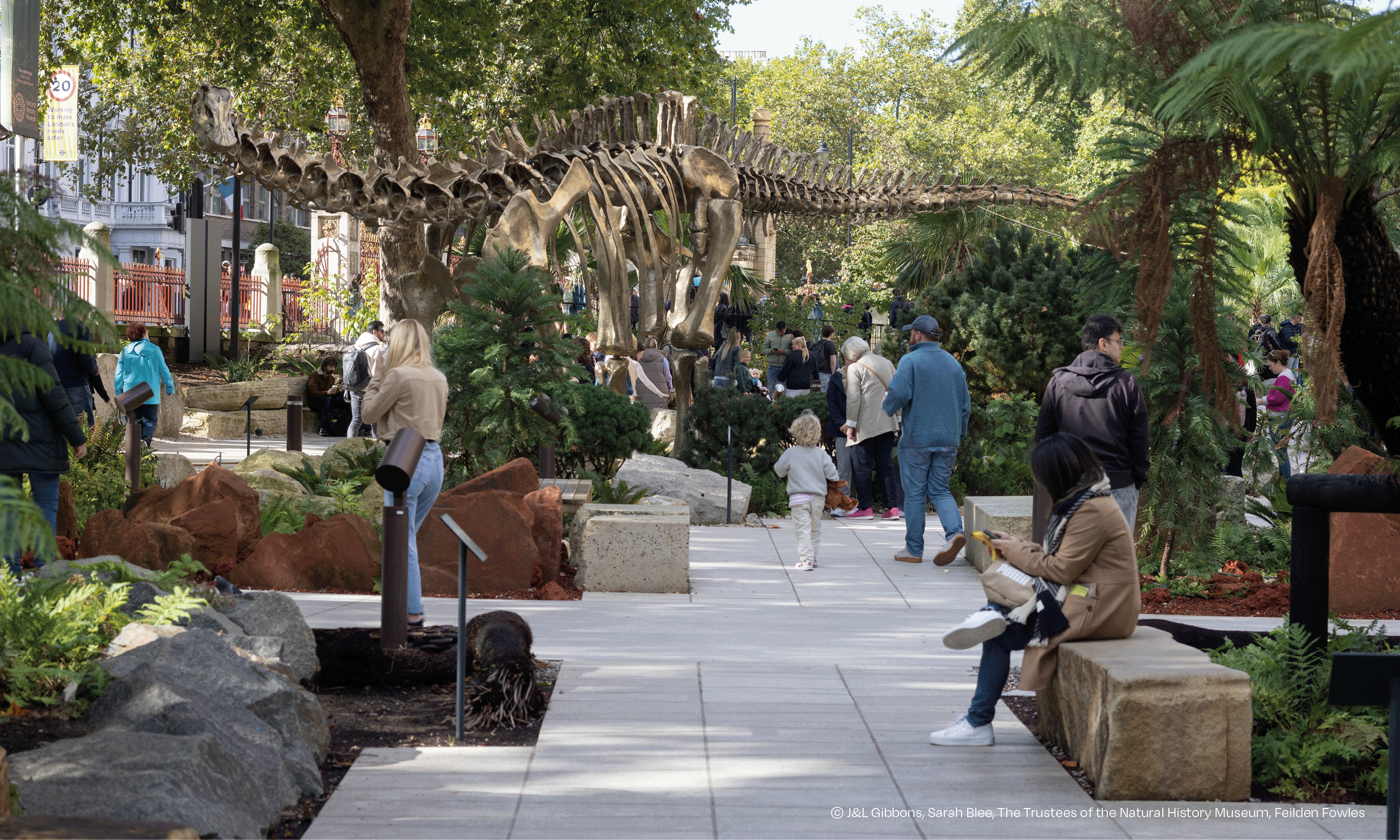

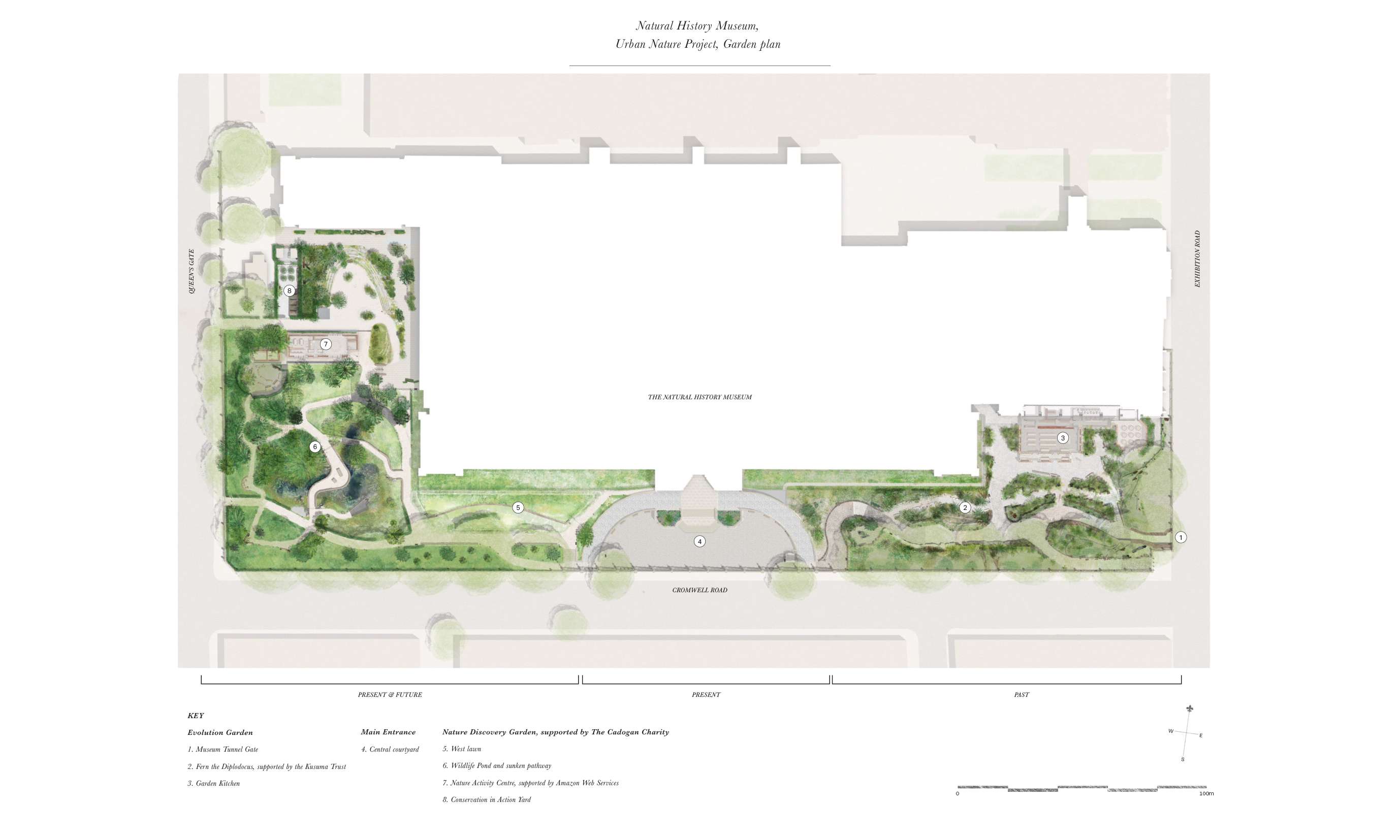
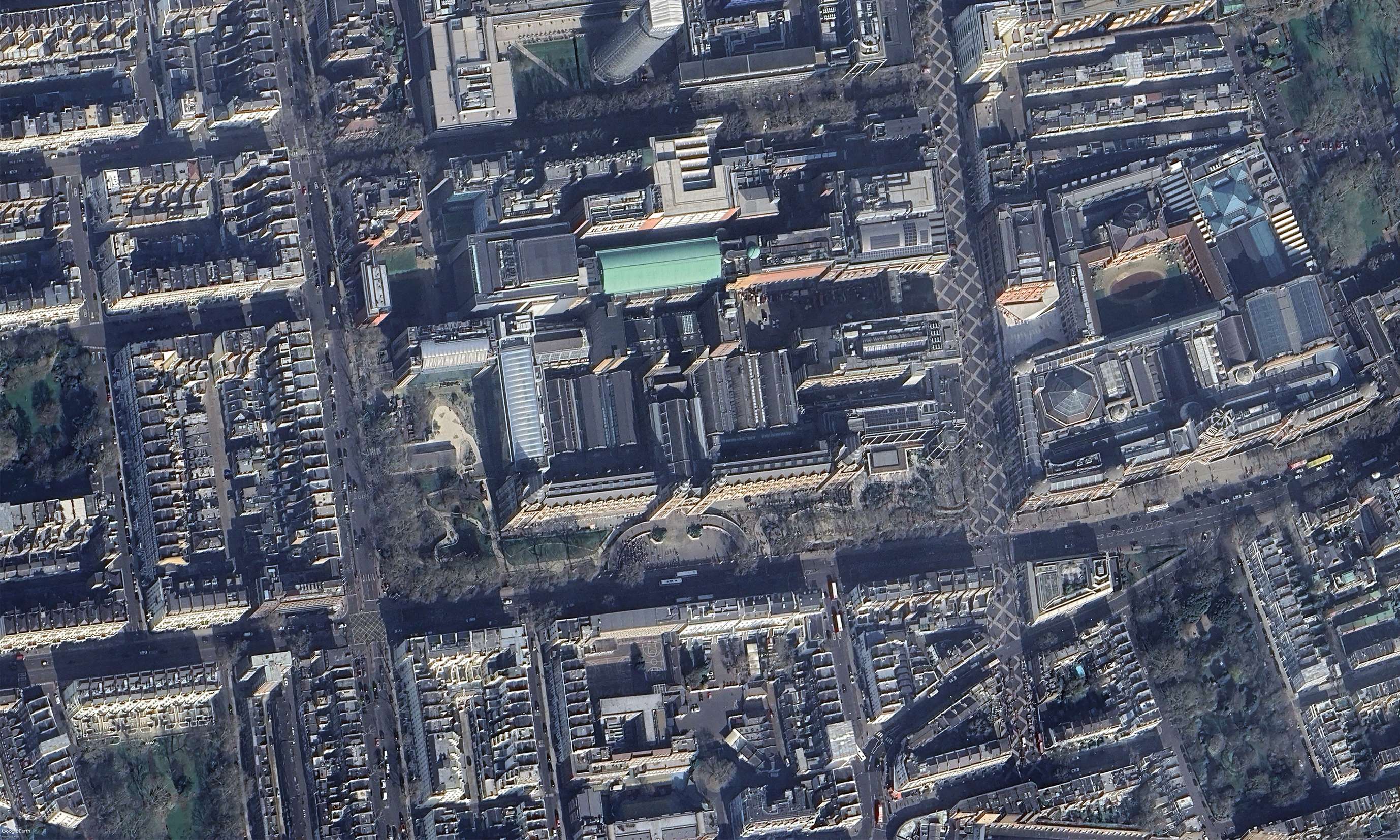

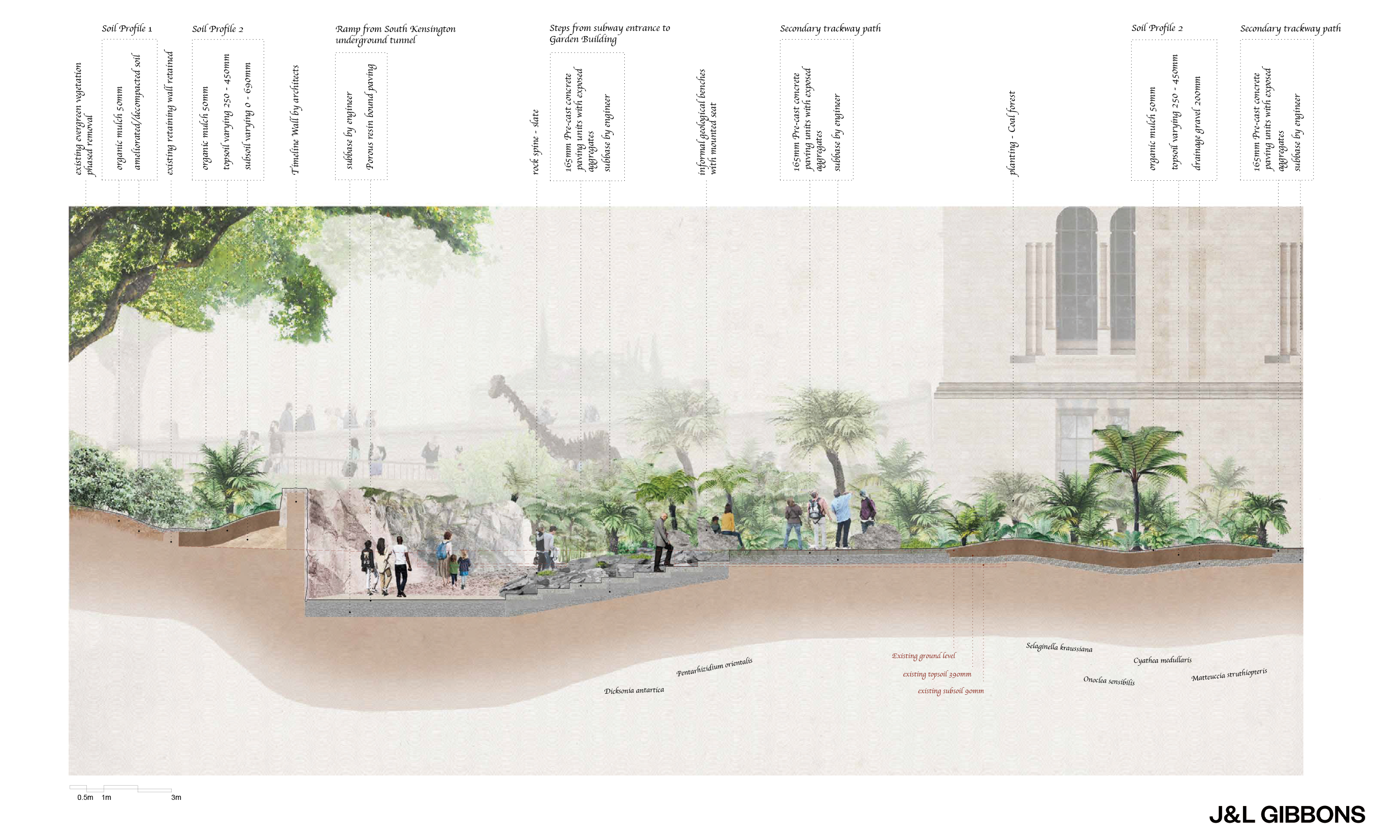
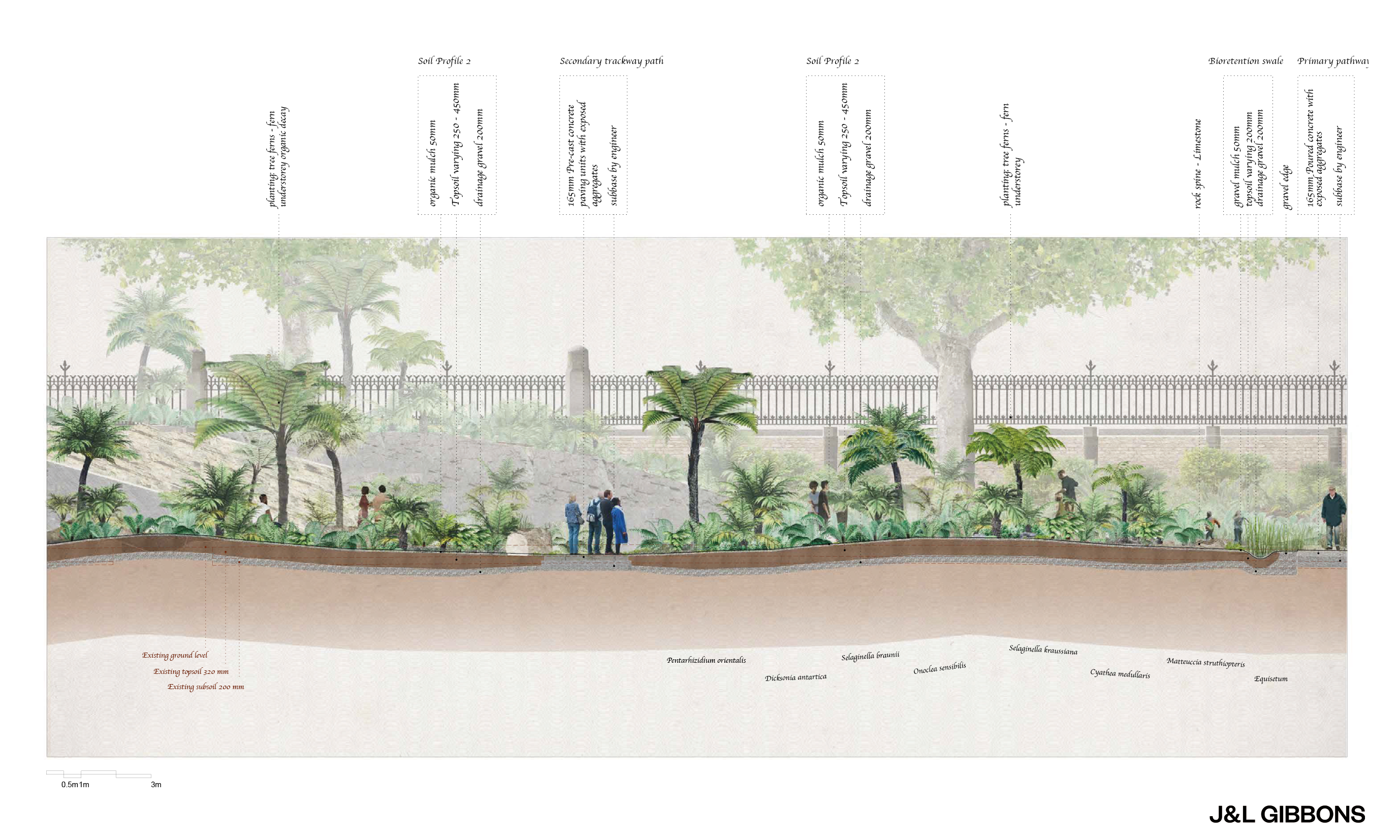
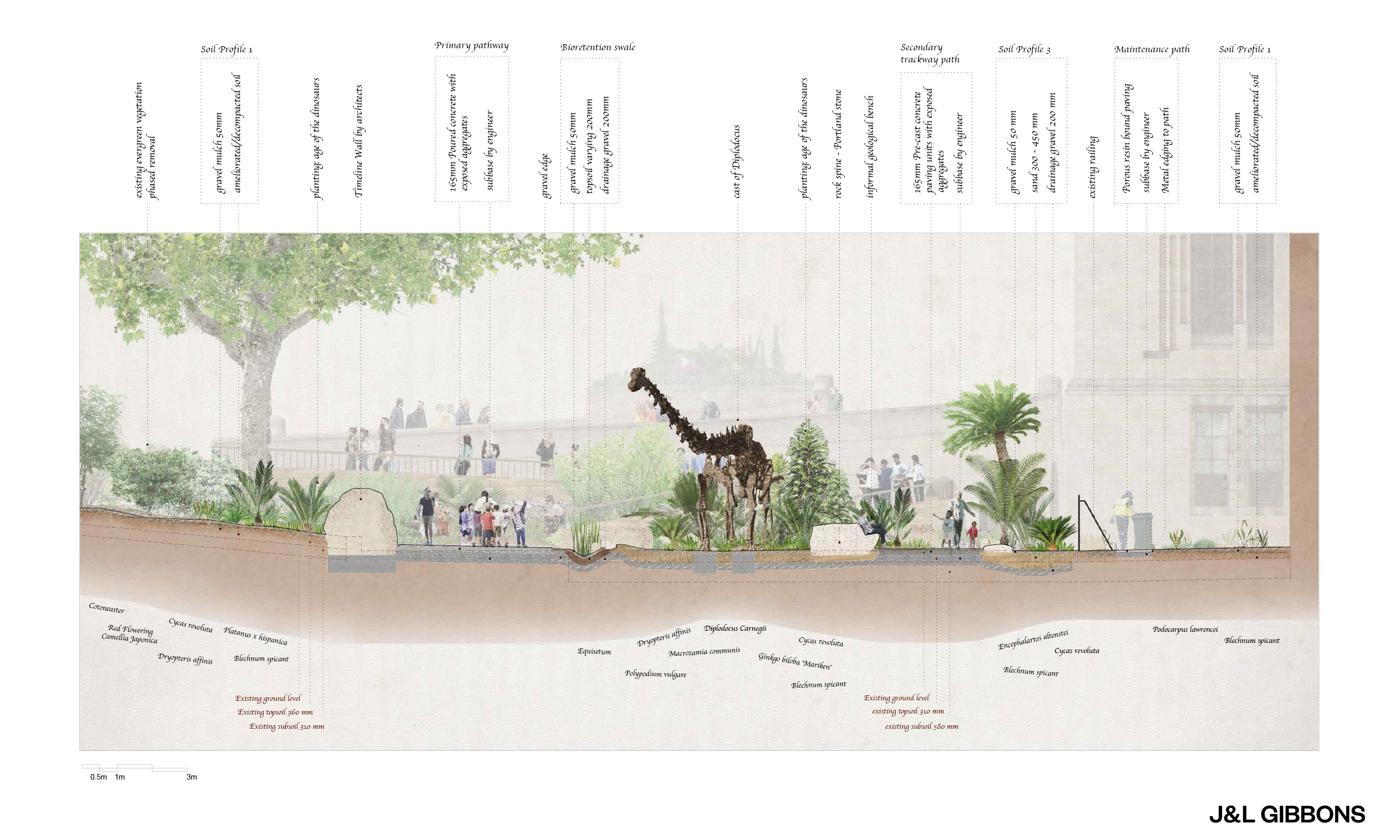
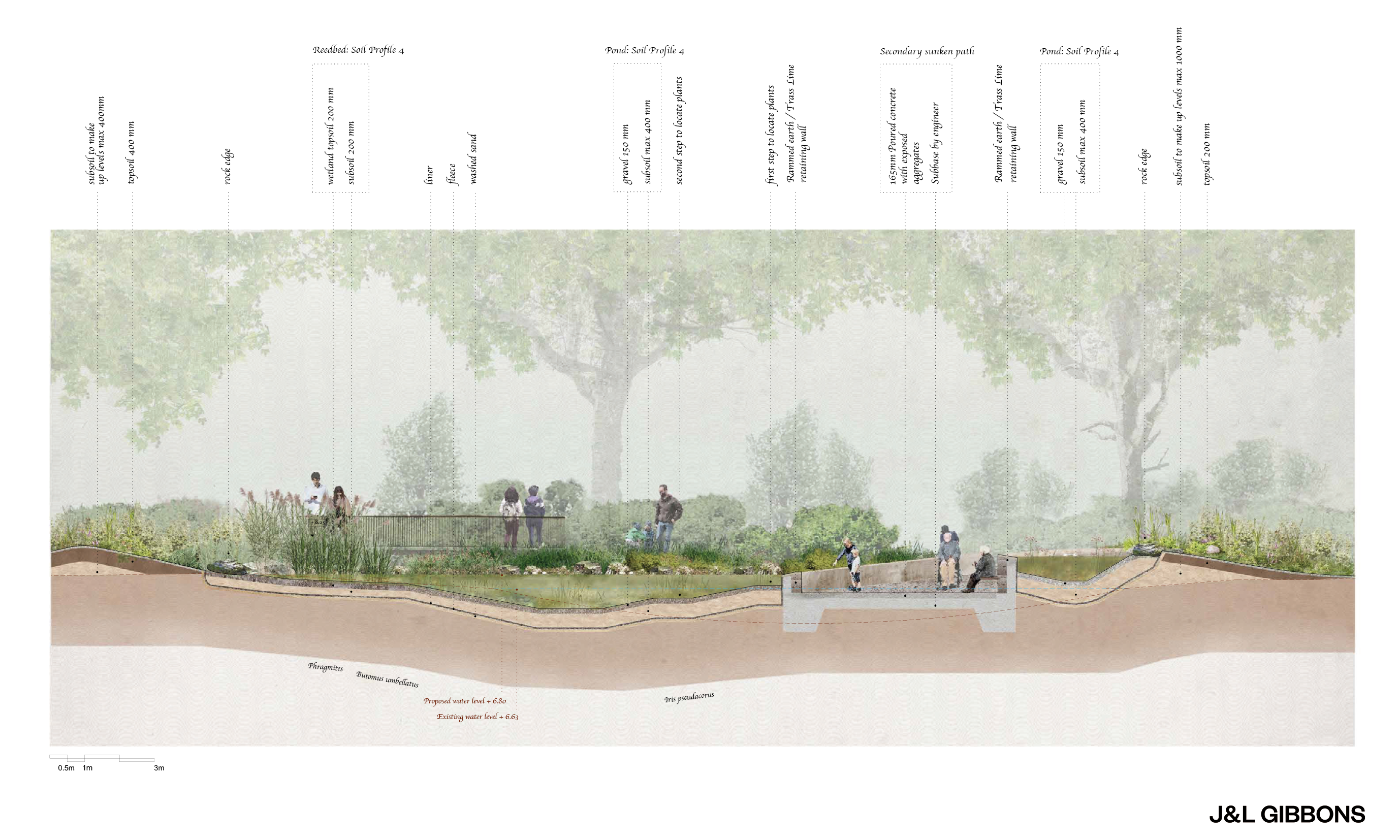

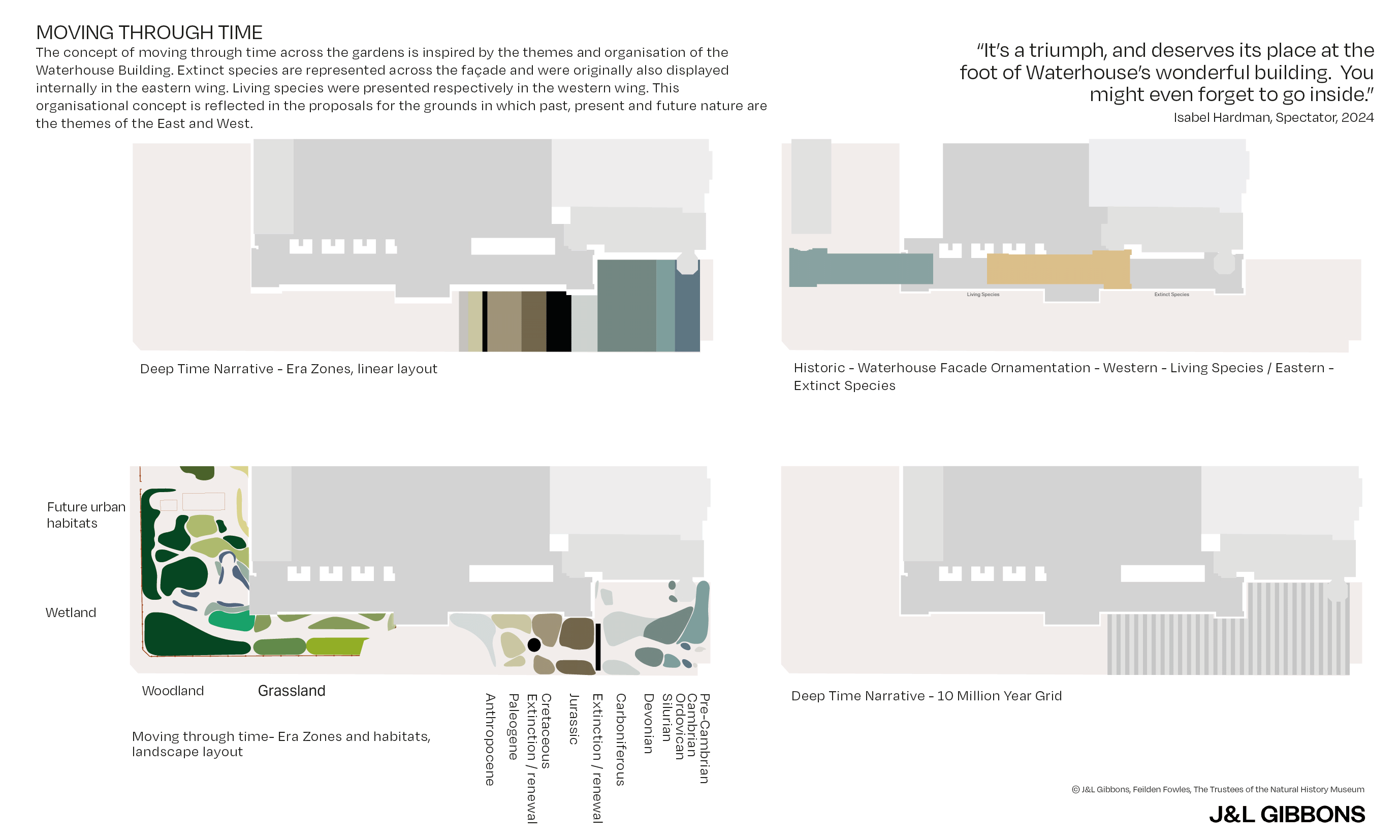
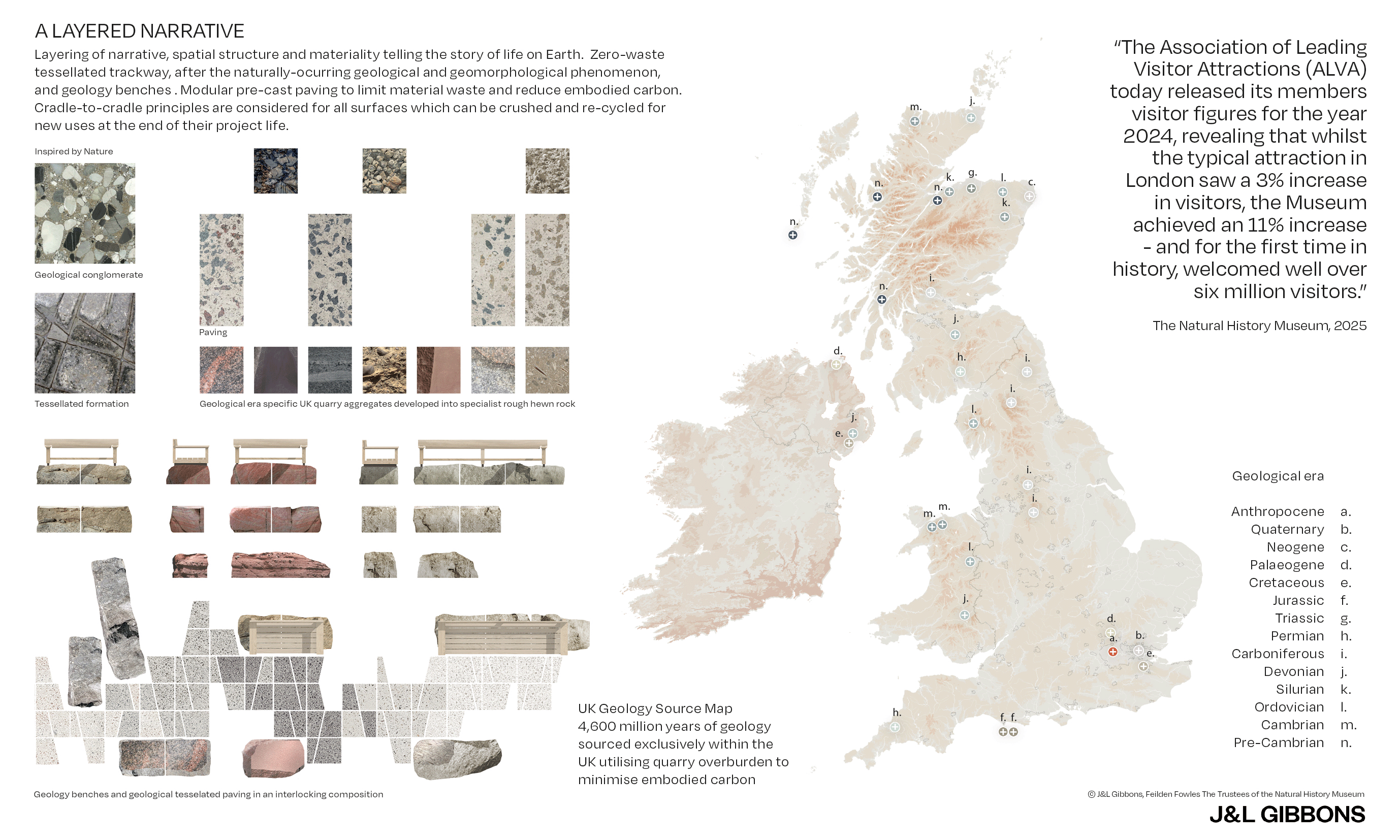


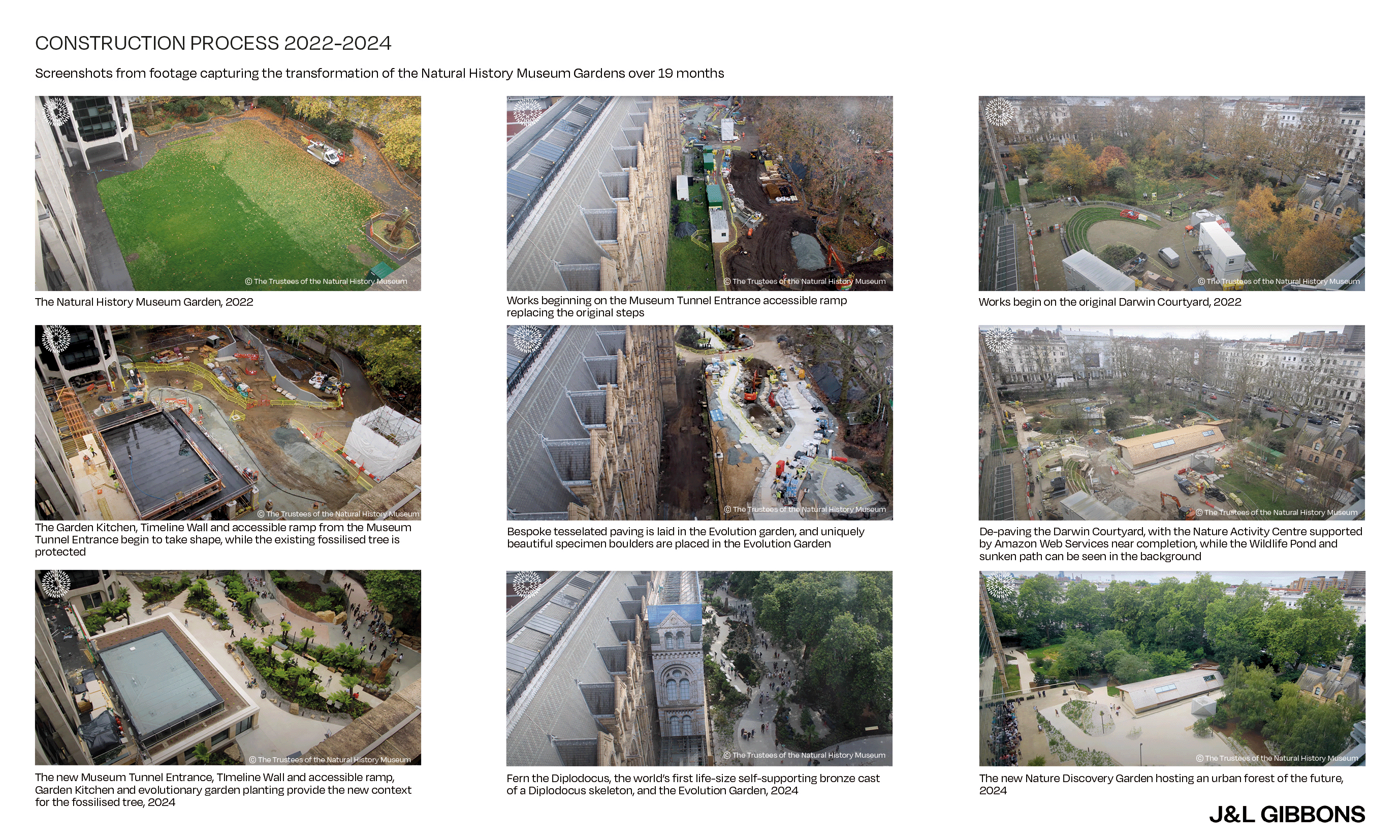
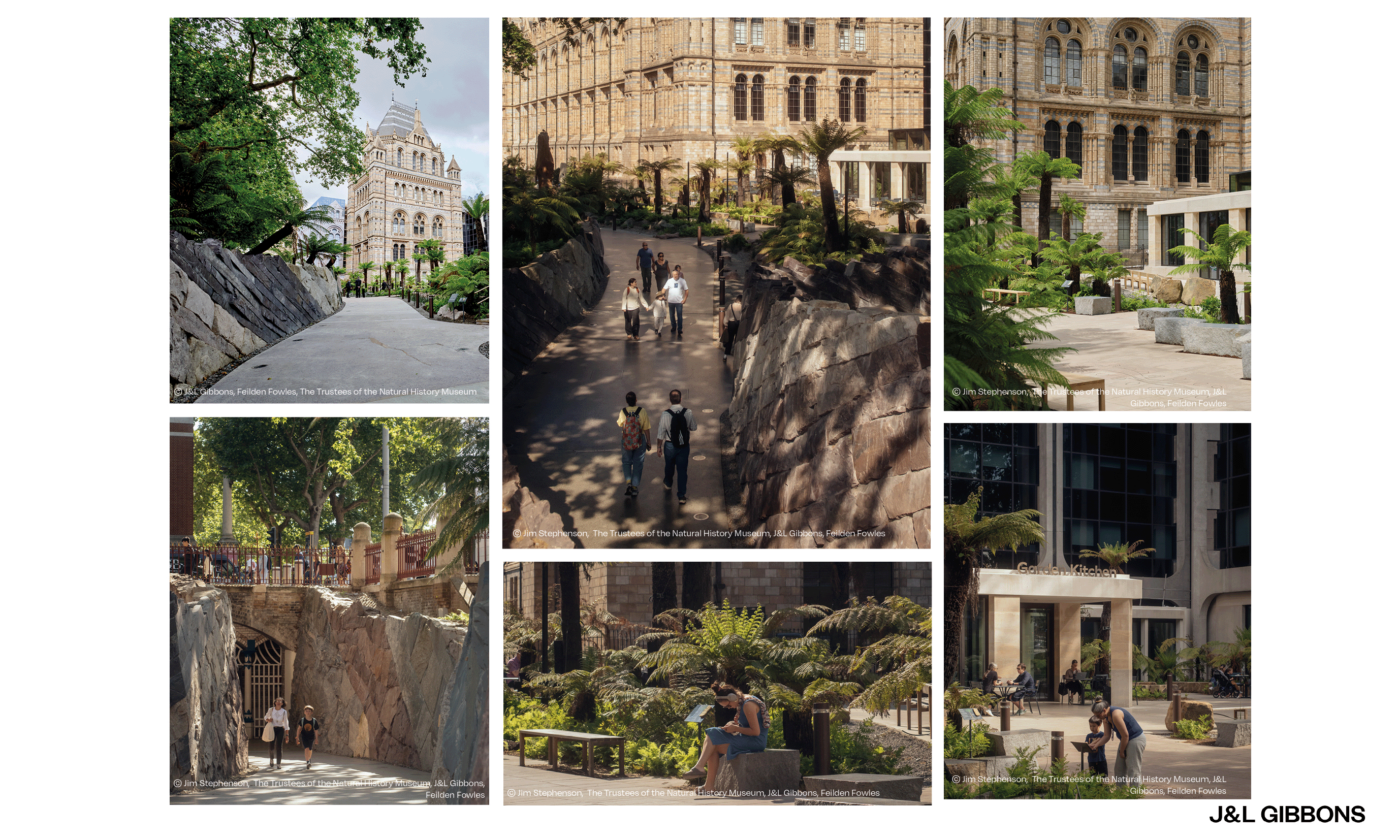
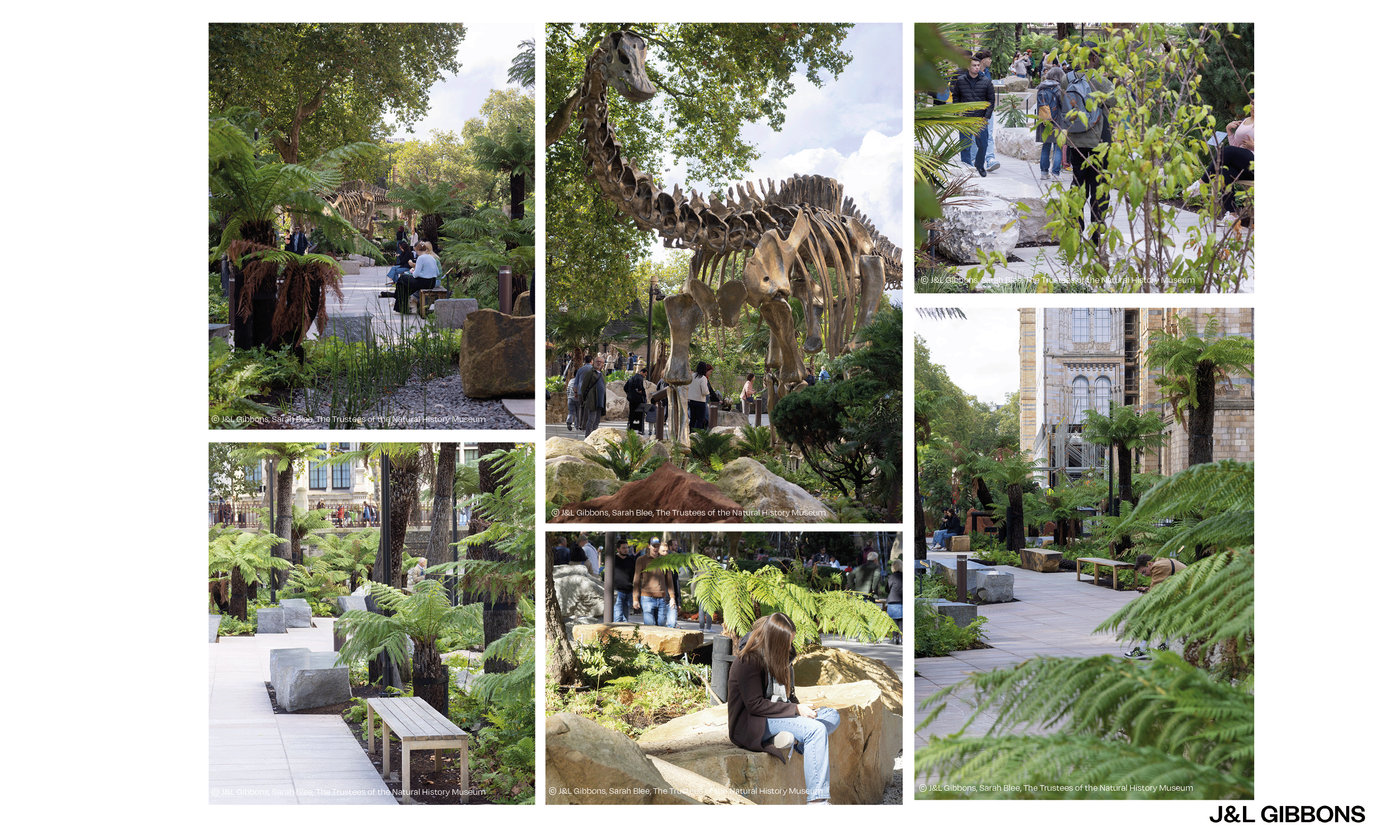
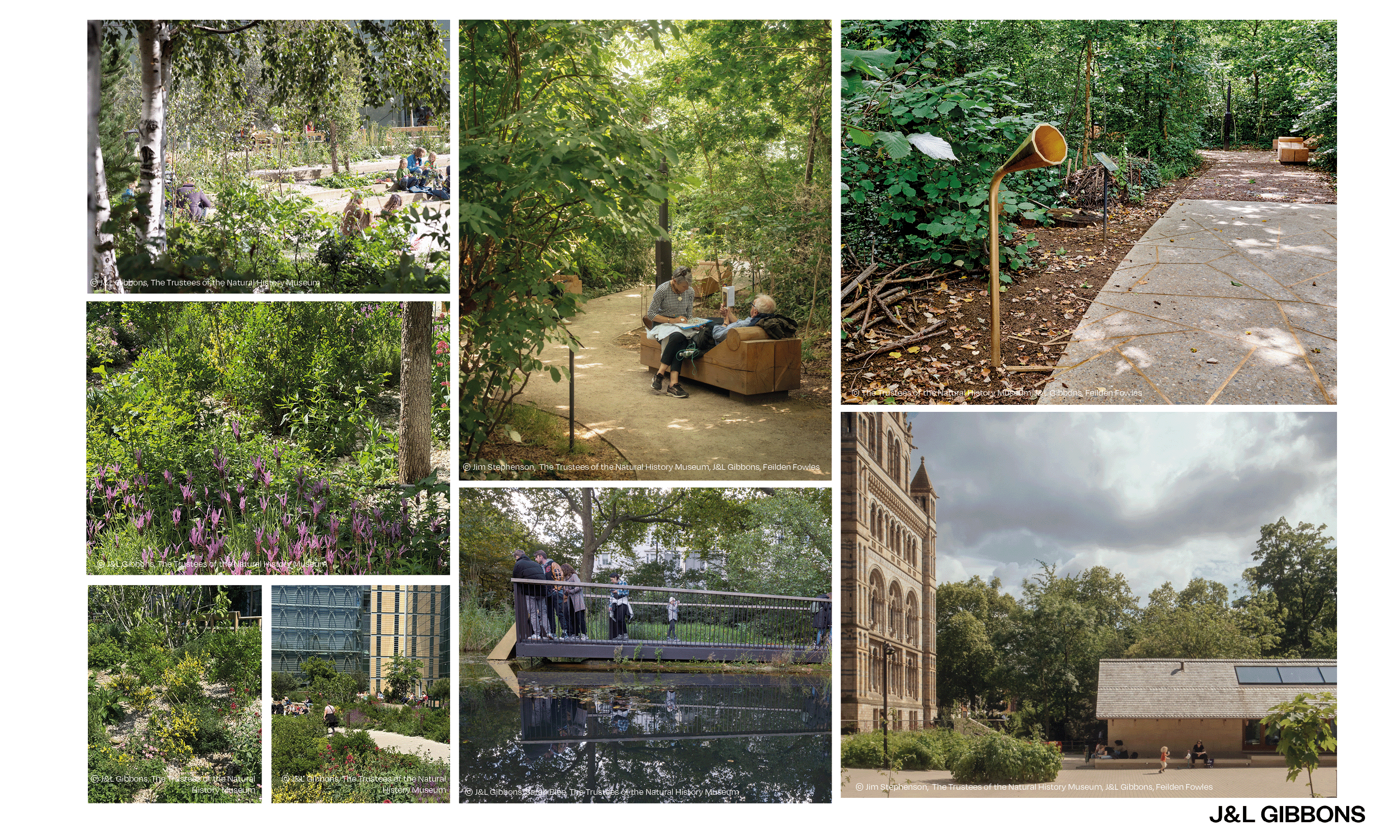
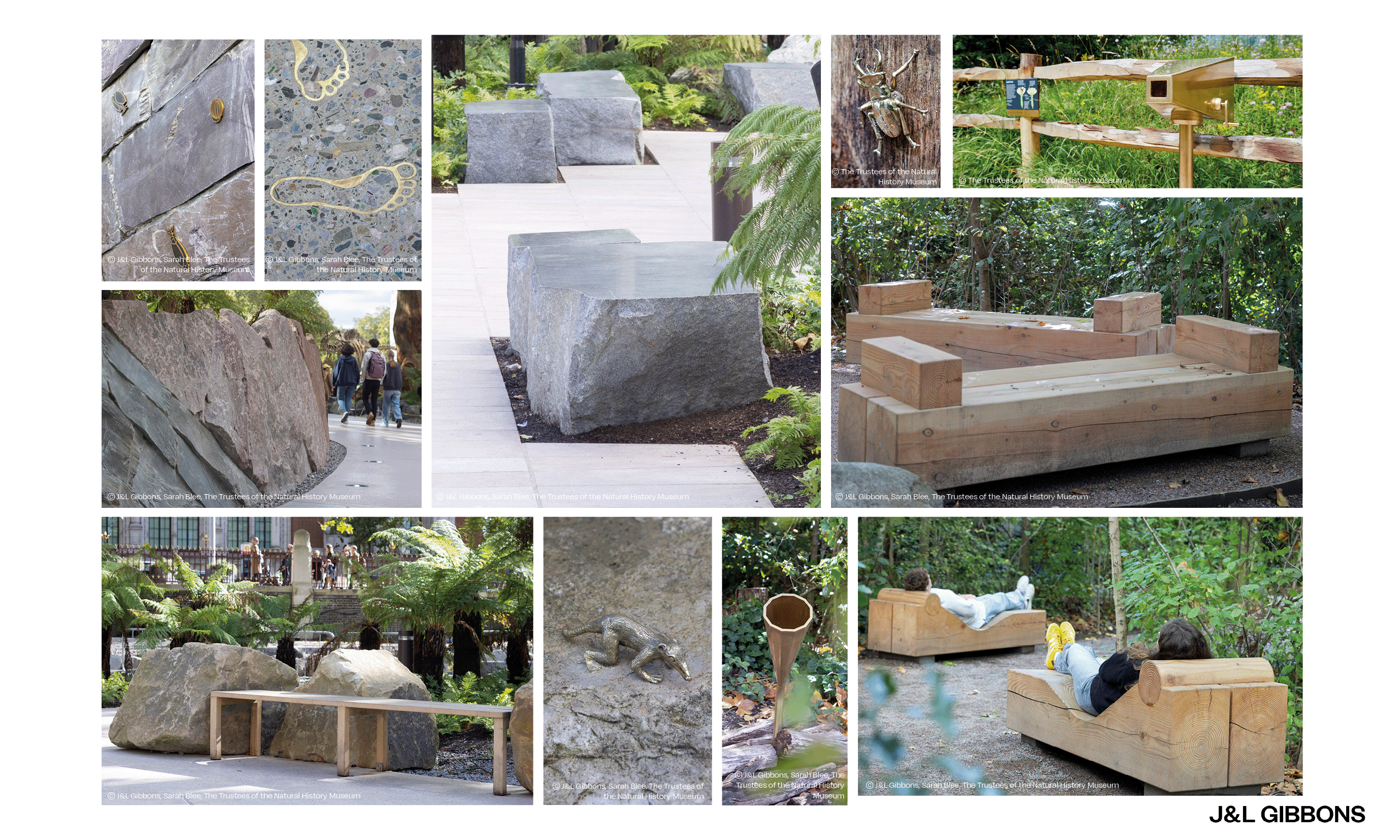
Urban Nature Project, Natural History Museum
Urban Nature Project, Natural History Museum
Urban Nature Project, Natural History Museum
The Urban Nature Project reimagines the Natural History Museum’s 5-acre gardens to increase biodiversity, accessibility, scientific research and best practice outdoor nature-learning all year round. It has been designed as a response to the urgent need to monitor and record changes to the UK’s urban nature and to develop skills to study in this field, as part of a national drive to re-engage people with the natural world and urban wildlife. The project transforms an underused garden into an urban oasis, creating significant new areas of habitat and biodiversity, re-presenting the grounds as a living laboratory.
J&L Gibbons collaborated closely with architects Feilden Fowles on the garden transformation, supported by a multidisciplinary design team. The design team worked with the Museum’s scientists to sensitively develop a series of outdoor living galleries providing opportunities to learn about and explore nature.
In the east this includes the new Evolution Garden, a journey from Deep Time to modern day, where visitors can learn about 2.7 billion years of Earth’s history. This is told through an immersive timeline of plants, rocks of different geological periods from across the UK, and representations of reptiles, birds, dinosaurs and mammals.
In the west this includes the Nature Discovery Garden, supported by the Cadogan Charity, which extends and enhances woodland, grassland, wetlands, and explores approaches to climate adaptation set within an urban forest of the future. The gardens include two new buildings: the Nature Activity Centre, supported by Amazon Web Services, and the Garden Kitchen.
The Urban Nature Project represents an inspirational case study for repurposing urban spaces to increase biodiversity and provide urban cooling, offering recreational and wellbeing benefits, and enabling scientific research to inspire people - in particular young people - to develop a love for nature and become the naturalists of the future.
Selected SDG project categories specific to this entry:
4 - Quality Education
9 - Industry innovation and infrastructure
11 - Sustainable cities and communities
13 - Climate Action
17 - Partnership for the goals
Other collaborators:
Sustainability and Cost Consultant – Mace
Planning Consultant – Deloitte / Lichfields
Heritage Consultant – Purcell
Access Consultant – Earnescliffe
Civil Engineering – Infrastruct OS
Pedestrian Flow Access – Buro Happold
Specialist Planting Consultants – Fossil Plants
Structural Engineer (Fern) – Structure Workshop
Artist/Fabricators (Fern) – Factum Arte
